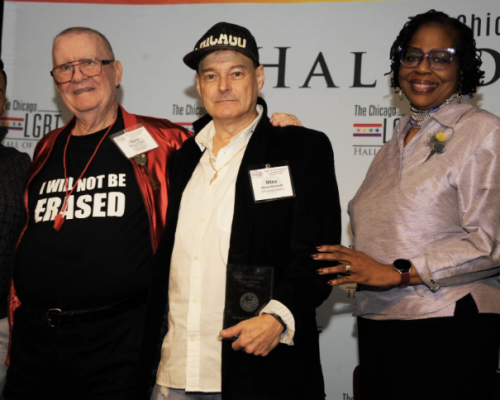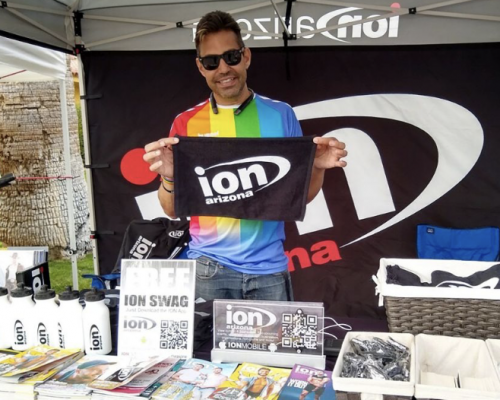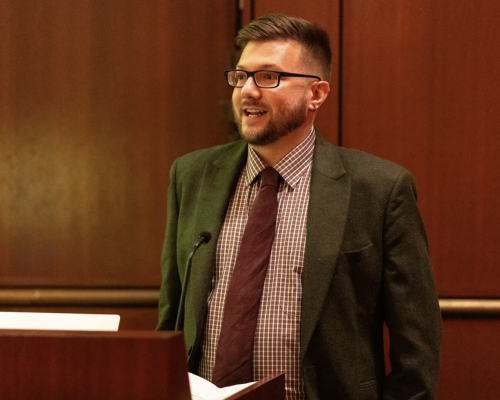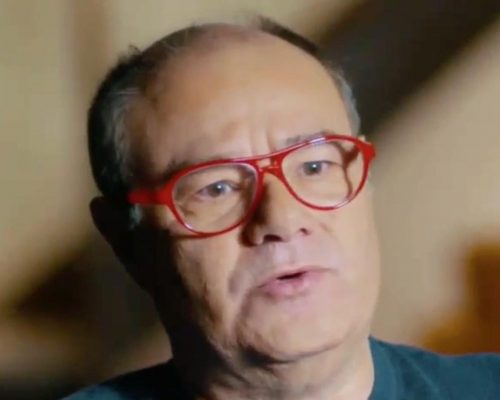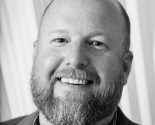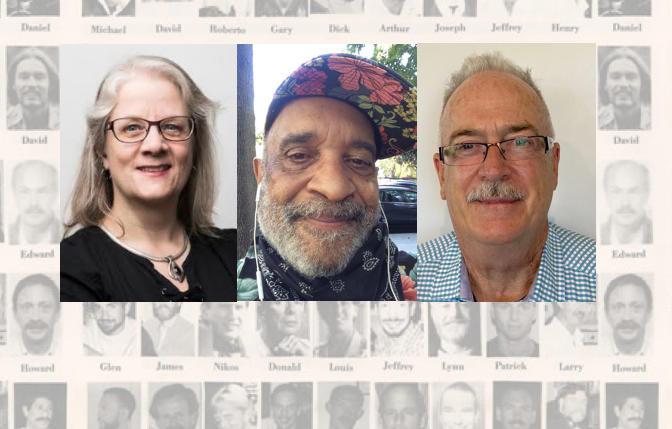
Publications mark 40 years of covering AIDS crisis
by Joe Siegel
This year marks 40 years since the first case of AIDS (Acquired Immunodeficiency Syndrome) appeared in the United States. To commemorate, LGBTQ publications are running various stories about the epidemic. According to data provided by the World Health Organization in 2018, 32 million lives have been lost to HIV since 1981.
San Francisco’s Bay Area Reporter (BAR) sponsored an online panel, “BAR Talks 3: AIDS/HIV in Print,” which reporter Liz Highleyman, citizen archivist Tom Burtch and resident Guy Clark discussing the paper’s coverage of the pandemic over the years.

Highleyman shared her perspectives on covering the news aspect of HIV/AIDS. Burtch, the creator of The Obituary Project, shared how his personal archival search for members of the San Francisco Gay Men’s Chorus lost to AIDS became a much larger project. And Clark, a longtime gay resident of San Francisco who appeared in David Weissman’s acclaimed documentary “We Were Here,” shared his personal memories.
The BAR also published a July 2 story entitled, “AIDS at 40: Survivors reflect on epidemic.”
“It was the beginning of the AIDS crisis — though it wasn’t called that at the time — a pandemic that would decimate the LGBTQ community,” wrote David Elijah Nahmod. “The disease first became known to the gay male communities of New York City, San Francisco, and L.A., but quickly spread to other communities, including hemophiliacs, women, and transgender people. The administration of then-President Ronald Reagan did little to help — he first uttered the word publicly on September 17, 1985 — and many members of the religious right, such as the late Jerry Falwell, said that AIDS was ‘God’s punishment’ for ‘sinful lifestyles’ — a view some continue to believe.”
The Washington Blade’s Lou Chibbaro interviewed Carl W. Dieffenbach, who serves as director of the Division of AIDS at the National Institute of Allergies and Infectious Diseases (NIAID), which is an arm of the U.S. National Institutes of Health (NIH).
According to Dieffenbach, “The extensive research into an AIDS vaccine in recent and past years, while not yet successful in yielding an effective AIDS vaccine, helped lay the groundwork for the rapid development of the different versions of a COVID vaccine,” Chibbaro reported in his June 23 story.
Chicago’s Windy City Times published interviews with Sean Strub, who survived HIV after being diagnosed in the 1980s, and Dr. Anthony Fauci, the director of the NIAID, as part of its coverage.
Publisher Andrew Davis explained that before the coronavirus came along, Fauci “was on the forefront in the scientific battle against another emerging pandemic: HIV/AIDS. In fact, it was because of HIV/AIDS that Fauci has advised every president since Ronald Reagan, who was chief executive when this disease devastated so many in the 1980s. I think reputable LGBTQ media still acknowledge the seriousness of the disease in their coverage — everything from medical advances to stigma to the disproportionate effects on minority communities.”
According to Angela Cragin, publisher of the Seattle Gay News (SGN), “The coverage has gone down significantly in general. However, over the last year the Seattle Gay News has been especially mindful by looking back at historic people and events that have shaped the community. With the loss of George Bakan — publisher for 37 years — we have reflected on his fierce dedication to fighting the battle of AIDS. Seattle was devastated by this disease and he made sure to let the public know through the SGN who was dying by publishing complimentary obituaries. Additionally his dream of memorializing the victims came to fruition. During Pride Weekend 2021, the AIDS Memorial Project (AMP) pathway dedication took place. This project was assembled over the last six years by community members and local artists. Their goal was to create a permanent outdoor space in the city in remembrance of those that were lost to AIDS.”
Jason Villemez, news editor of The Philadelphia Gay News (PGN), said the newspaper would be running a feature on the 40th anniversary in July, and will continue the tradition of doing a World AIDS Day supplement in December.
“I think most LGBTQ media professionals recognize that HIV/AIDS is not over despite greater education and the advent of PrEP,” Villemez said. “There is still a continued need for resources in underserved communities who are at the greatest risk. We still have an unfortunately high rate of transmission in Black MSM as well as trans people people of color. And the cost of treatment remains prohibitive, especially for those who lack health insurance. I think that LGBTQ media has always been at the forefront of HIV/AIDS news, because our community needed the latest and most accurate information, and they needed it as quickly as possible.”
Villemez said the coverage of the pandemic has remained consistent. “I don’t think the amount of HIV/AIDS-related stories in PGN has dropped off since 2001. The only difference is that we do many more stories today about how AIDS impacts communities of color. If it were compared to 1991, though, then we certainly do fewer stories on HIV/AIDS now. In the 1980s and 1990s, PGN did so many stories about HIV/AIDS that it had the nickname Philadelphia AIDS News. In 1991, there were more unknowns about HIV/AIDS and there were many more people dying, since protease inhibitors had not been discovered as viable treatment at that point.”
IN THE NEWS
Volume 23
Issue 4

